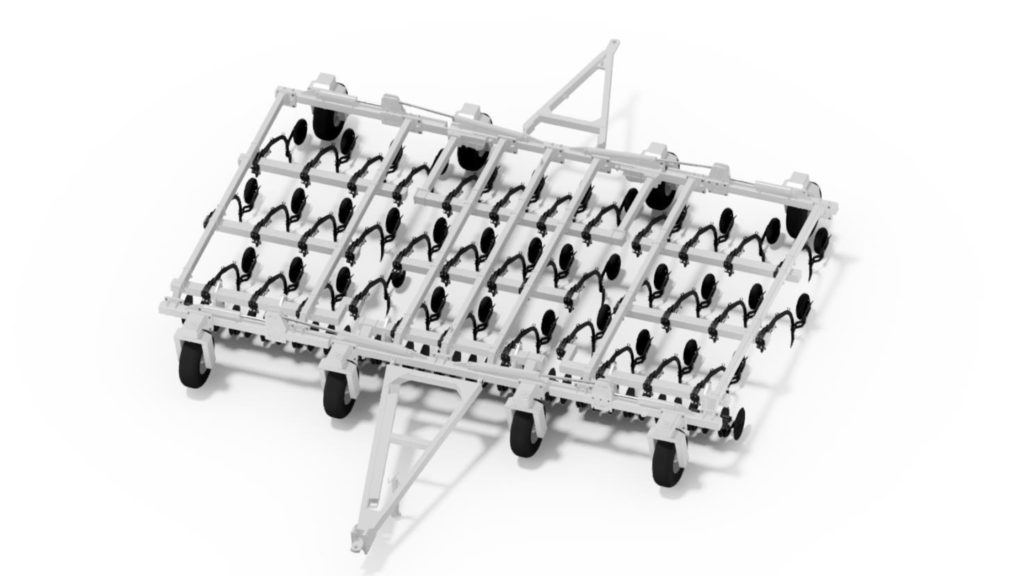3D Scanning is a non-contact, red laser or blue-light-based technique that creates exact and detailed 3D CAD models of real-world objects, even those tested or utilised.
More sophisticated equipment became accessible as 3D scanning technology evolved. Due to its accessibility and benefits, the technique rose to prominence in metrology.
Metrology
The science of measuring and its application is known as metrology. The design engineer, production engineer, and quality engineer are connected by meteorological science.
Engineers describe the part they wish to be made using blueprints to achieve this. They make use of units and parameters. GD&T, or Geometric Dimensioning and Tolerancing, illustrates a method frequently used to specify the part’s design purpose.
In this situation, 3D Scanning made it possible to do measurements more quickly and accurately, making it one of the necessities for quality engineers.
Improvements in 3D Scanning
Nowadays, many businesses, particularly manufacturing, employ 3D scanners. As demand grew and potential was recognised, various scanners were developed. They can use red or blue laser beams or white/blue lights, which can be portable or placed on a CMM.
3D scanning systems are finding more and more room to themselves thanks to improved automated systems and various measuring techniques.
Basics of 3D Scanning
In essence, 3D scanning technology measures how long a light pulse can bounce off an object and return. The laser’s ability to keep its intensity when reflecting off a target was its most significant benefit.
The logic behind this technology is quite simple. In basic terms, we know laser light will move through the air almost constantly. We can determine how far the source is from the destination using this information. Triangulation is a common approach to ascertain the relative locations of the points with respect to one another.
Some of the 3D scanning equipment falls under the following categories:
- CMM 3D Scanning Devices
- Arm Scanners
- Handheld Scanners
- LIDAR Systems
- Terrestrial Scanners
- Simultaneous Localisation and Mapping (SLAM) Devices
- Photogrammetry Devices
Processing Software
With processing software, 3D scanners’ accuracy and speed would be helpful. These programs can gather data or turn it into three-dimensional models. For quality control reasons, specific software programs can compare the point cloud to the part’s nominal design.
These devices work by creating point clouds. Point clouds are the standard datasets produced by most 3D scanners. Each point represents an individual point’s x, y, and z coordinates on a scanned surface. Processing software can then use these points to build a 3D model.
The advantages of scan data can be appreciated once it has been processed.
Applications of 3D Scanning
3D scanners have developed into a valuable tool for creating and evaluating the tiniest details of any product. They can collect freeform and highly accurate point clouds for complex geometries and curved surfaces.
As discussed in our earlier articles, they are now employed in everything from industrial procedures like die casting to forensics and aerial surveys.
Industrial Applications
Reverse engineering and quality control are two of the most utilised industrial 3D scanning applications.
Examining, measuring, and precisely recording an object in three dimensions is the process of reverse engineering.
Reverse engineering offers a wide range of applications. One motivation is to produce CAD models or drawings to fabricate a part or assembly whose original design information has yet to be recovered. Reverse engineering is necessary when the design documentation is insufficient to accurately recreate a feature, tool, or mould that made the item.
The information obtained from 3D scans may be utilised to duplicate, improve, or fix that component. Reverse engineering has significantly benefited from the excellent accuracy and quickness of 3D Scanning.
Quality inspection is a further use that is primarily used in manufacturing. Engineers can determine if a part was built following designs by scanning the created part and comparing the scanned 3D model with the original one.
Future Expectations from 3D Scanning
Without the advancements in software, 3D Scanning would not be possible. Companies will develop more sophisticated software to employ 3D Scanning for more specialised uses as the demand for 3D services increases.
However, there is little doubt that gadgets will continue to grow lighter, smaller, and more portable as scanning technology advances. The upward tendency will undoubtedly continue as scanning quality rises. 3D Scanning will also be an excellent tool for virtual reality technology with improved quality.
Benefits of 3D Scanning for Businesses
Creating an exact, full-scale digital model that can be shared and examined on a computer is the main advantage of 3D scanners. Each stage of a typical production cycle can use 3D Scanning. Time, money, and resources are all saved.
Manufacturing techniques utilising 3D Scanning provide items of more excellent quality and better fit. It simplifies quality checks and reduces the time needed for reverse engineering applications.
When scanning quality rises, 3D Scanning will become more powerful and advantageous for specialised industries.
3D Scanning and Digitization of Industries
Industry 4.0 and digitisation were initially discussed as German strategic goals, quickly gaining worldwide attention. Using the internet, software, and computing technologies, industry 4.0 envisions an interconnected economy. It referred to several concepts, including the digital revolution.
This vision strongly emphasised digitisation, integrating digital tools, procedures, and techniques into every facet of an organisation’s operations. In this sense, cutting-edge CAD and FEA software may be utilised with 3D Scanning, an emerging technology. It may also be used with other advanced technologies, such as additive manufacturing.
So, using 3D Scanning in their work enables firms to better integrate with worldwide norms and trends. Such integration results in enhanced quality, greater efficiency, and higher productivity. 3D Scanning companies with expertise in the technology, such as Trevilla Engineering, could help businesses actively use this tool.

